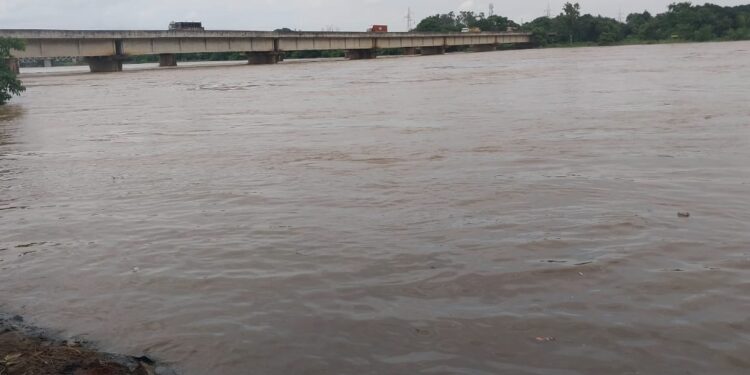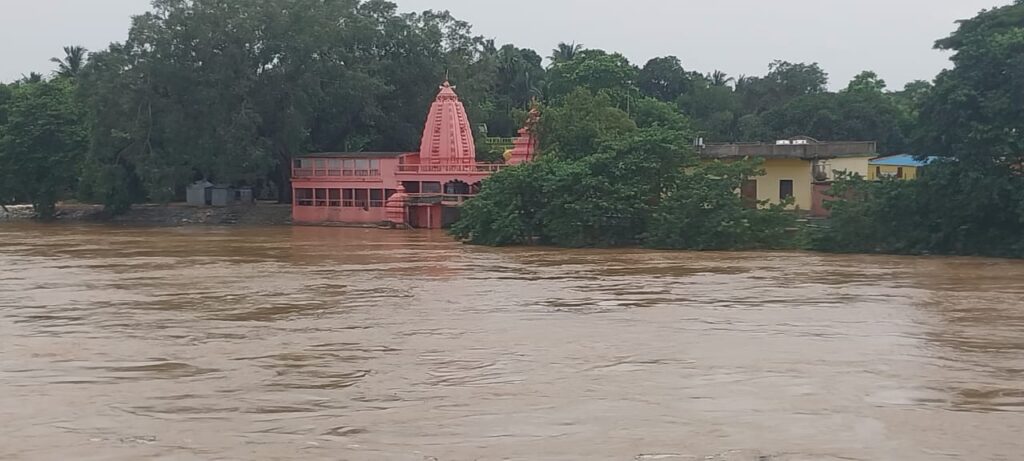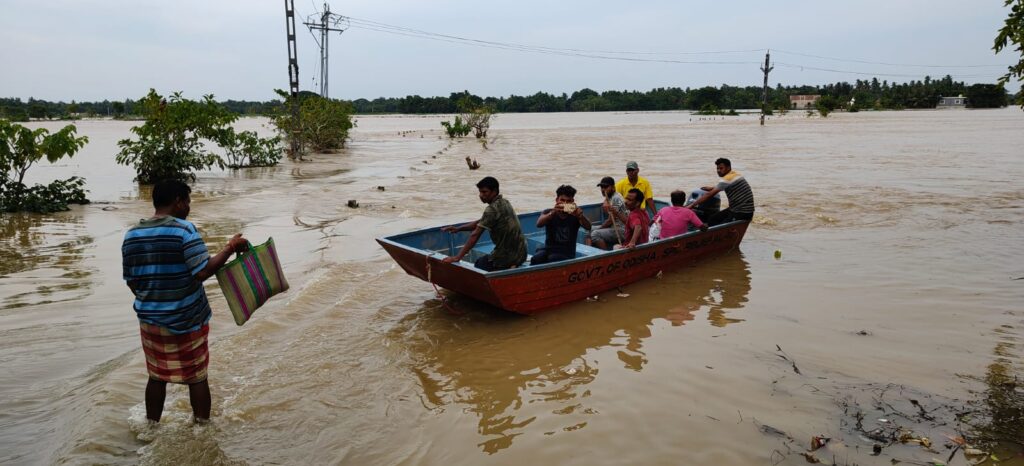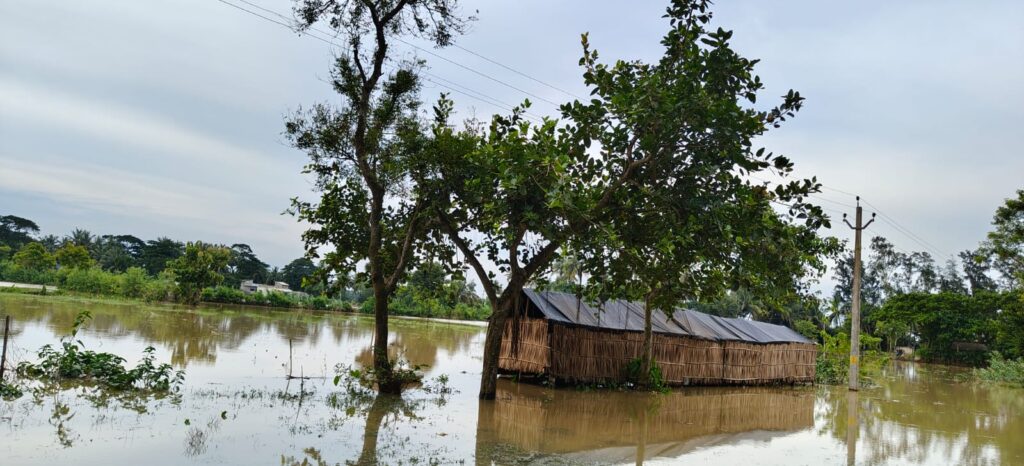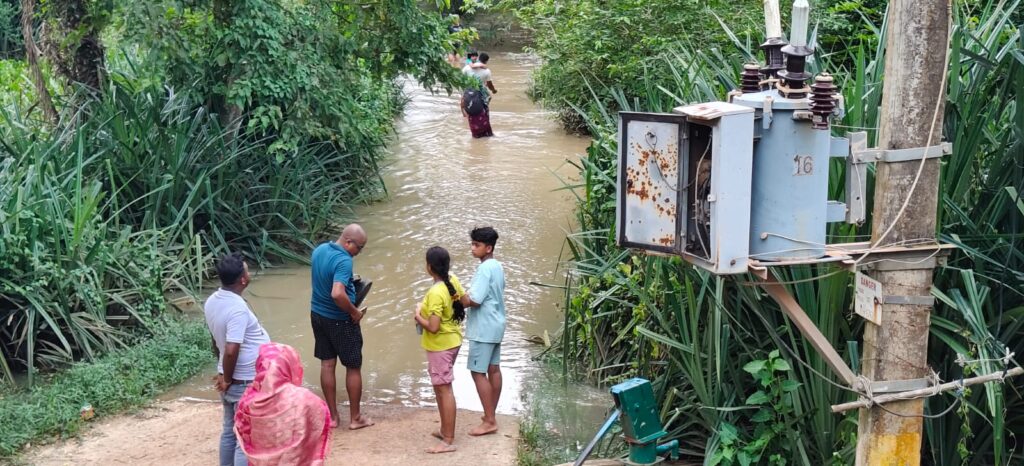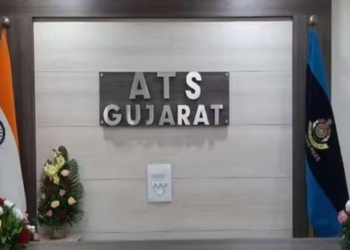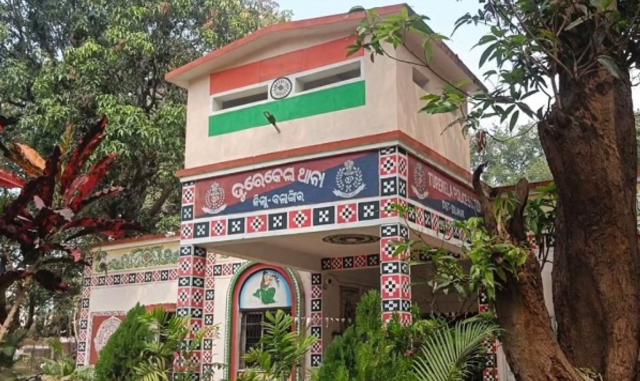Odisha is bracing for a potential flood crisis in Balasore district as the Subarnarekha River approaches its peak flood level, expected to reach 11.40 meters by 9:00 PM today.
Meanwhile, other major rivers like Baitarani and Jalaka show declining water levels, offering some relief to the state.
The Department of Water Resources (DoWR) has activated its State Flood Cell to operate 24/7, ensuring vigilant monitoring and swift response to the evolving situation.
According to the latest DoWR update at 6:00 PM, the Subarnarekha River at Rajghat has risen to 11.17 meters, surpassing the danger level of 10.36 meters, and is still trending upward. However, at Jamsholaghat, the water level stands at 48.86 meters, slightly below the danger mark of 49.16 meters and showing a falling trend. Authorities anticipate the peak flood in Subarnarekha by 9:00 PM, after which the water level is expected to stabilise and gradually recede due to the absence of heavy rainfall.
In contrast, the Baitarani River is receding, with water levels at Anandapur recorded at 36.24 meters (against a danger level of 38.36 meters) and at Akhuapada at 17.66 meters (against 18.33 meters). Similarly, the Jalaka River at Mathani is at 6.52 meters, just above the danger level of 6.50 meters, but also declining. These trends indicate a reduced flood risk in areas dependent on these rivers.
Flood Management in Full Swing
The DoWR has mobilised resources to manage the situation, particularly in Balasore, where the Subarnarekha’s rising waters pose the greatest threat. The Collector of Balasore has been directed to expedite evacuation and relief operations in vulnerable areas such as Jaleshwar, Bhograi, and Basta. The Chief Engineer and Basin Manager for the Subarnarekha and Budhabalanga Basins is on the ground, coordinating with district authorities to ensure effective flood management.
In a significant move, the Engineer-in-Chief-cum-Special Secretary of the DoWR is stationed in Balasore to oversee operations directly. The State Flood Cell’s round-the-clock monitoring ensures real-time updates and rapid decision-making to protect lives and property.
Hirakud Dam and Other Reservoirs Stable
The Hirakud Dam, a critical component of Odisha’s flood control infrastructure, is managing an inflow of 5.17 lakh cusecs with 20 gates open, maintaining a water level of 614 feet. Authorities have confirmed that no additional gates will be opened, indicating a controlled release strategy.
Similarly, the Brahmani River at Rengali, with a water level of 121.26 meters and three gates open, is stable, with no plans for further gate openings. Other reservoirs, including Indravati, Kolab, and Machkund, are reported to be in good condition, as are medium-sized reservoirs across the state.
Weather Forecast Offers Hope
The Regional Meteorological Centre in Bhubaneswar has forecasted no heavy rainfall until August 1, providing a window for authorities to strengthen flood defences. A depression over Madhya Pradesh has weakened into a low-pressure area, reducing its impact on Odisha. Light to moderate rain with thunderstorms is expected in northern districts like Balasore, Bhadrak, Jajpur, Kendrapara, Cuttack, Jagatsinghpur, Sundargarh, Jharsuguda, Bargarh, Sambalpur, Deogarh, Angul, Dhenkanal, Keonjhar, and Mayurbhanj on Sunday, with a yellow alert in place. Rainfall is expected to decrease further by Monday, with only isolated showers in northern Odisha.
Community and Government Response
The state government has urged residents in low-lying areas, particularly in Balasore, to remain vigilant and follow official updates. Emergency response teams are on standby, and relief measures are being prepared to assist affected communities. The coordinated efforts between the DoWR, district administration, and meteorological authorities reflect Odisha’s proactive approach to managing monsoon-related challenges.
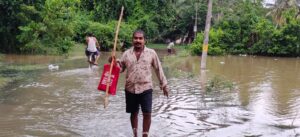
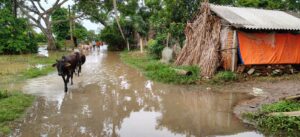
As the Subarnarekha River approaches its peak, Odisha’s robust flood management systems and favourable weather forecasts offer hope that the situation will stabilise soon. The state remains on high alert, prioritising the safety of its residents and the protection of critical infrastructure.

